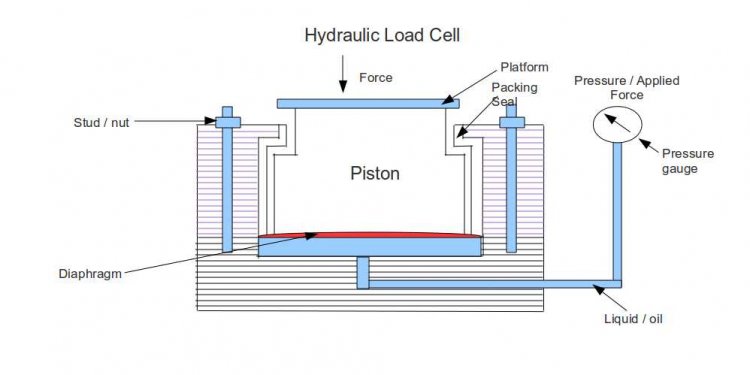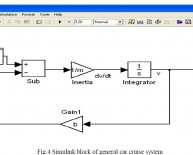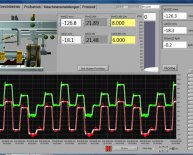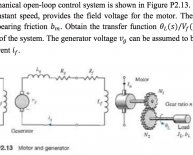
Examples of open loop control systems
Closed-loop control systems have a closed control loop, can counteract against disturbances via negative feedback and have the potential to become unstable if the controlled variable does not fade. Open-loop control systems show an open-loop action and can only counteract against disturbances for which they have been designed to counteract. Germany's Ruhr University Bochum explains this closed-loop versus open-loop control following a simple room heating system example. An open-loop control for a room heating system has an outdoor thermostat fed to a control device. When outdoor temperatures drop to a designated level, the control device triggers the heat source to warm the indoor room temperature. If a window is opened and the room temperature drops, this disturbance goes undetected at the control device because the outdoor temperature influences the indoor room temperature. If the thermostat and control device are moved inside the room, the system becomes a closed-loop control design. The indoor room temperature is measured and determined by the set-point value of the thermostat. If a window is opened, this disturbance is detected by the controller and removed. This disturbance detection and control produce a negative feedback loop.
Learn more about Electricity
















